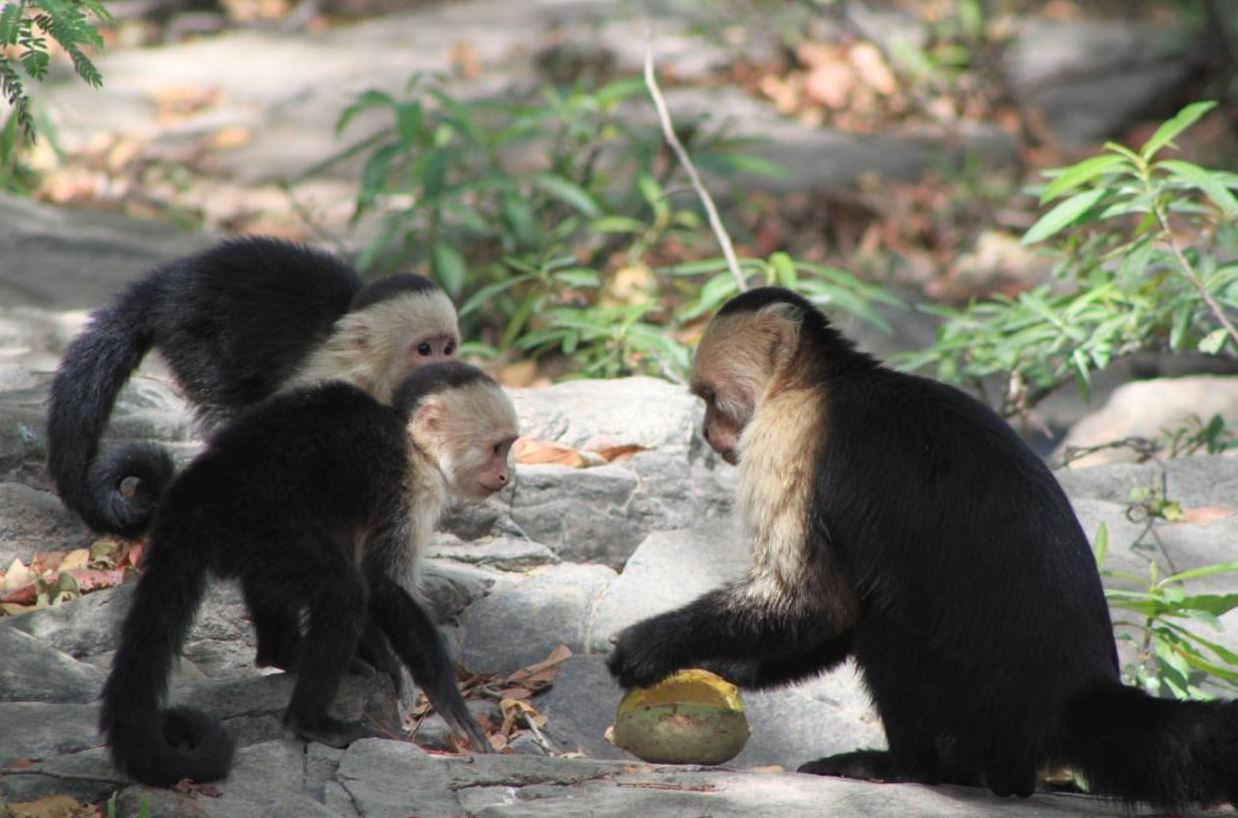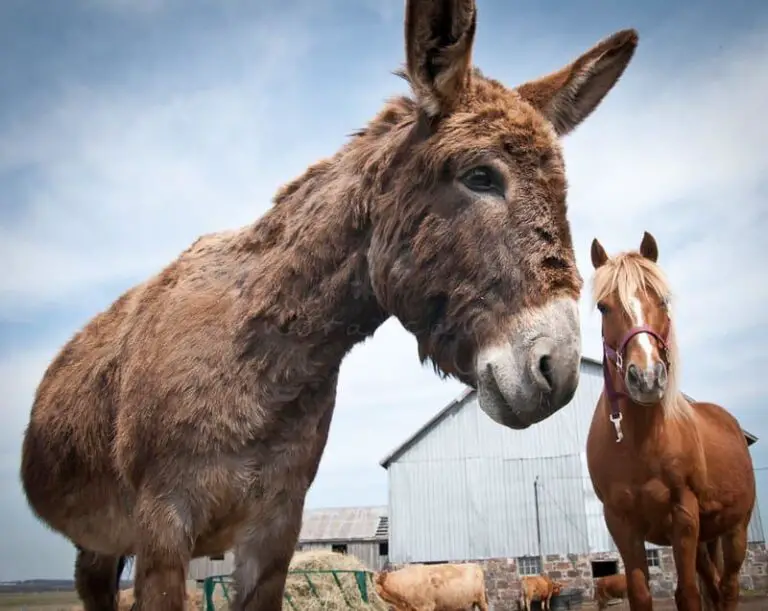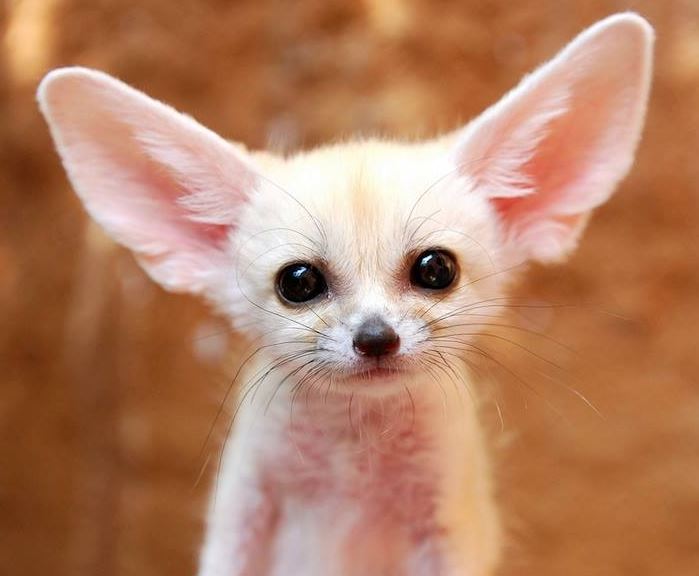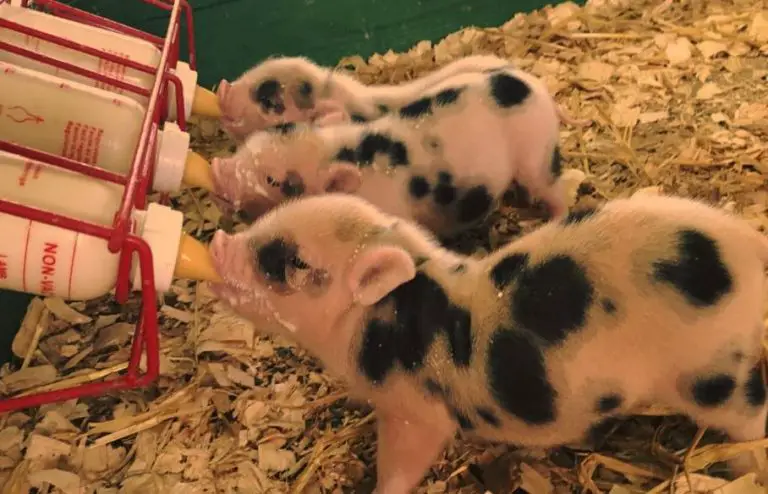How Smart Are Capuchin Monkeys?

Capuchin monkeys are quite intelligent, using various techniques to learn and develop new skills that are useful in their immediate environment.
Learning in capuchin monkeys includes finding new ways to harvest and open fruits with some difficulty in accessing them.
They are considered the most intelligent monkeys in the New World, as they are capable of using stone tools and sticks to meet their basic needs.
Capuchin monkeys also know where to find all their food, thanks to the fact that they have a large brain for their small size, which allows them to have a mental map of where to find the right resources.
According to the study, published in the journal Proceedings of the Royal Society B, wild capuchins learn new skills from the rest of the group motivated by the idea of acquiring a new ability that will be useful in their daily lives, i.e. for a reward.
This discovery is the first demonstration in wild animals of reward-based learning, the authors note.
According to the researcher, who worked with a group of capuchins in northwestern Costa Rica, these apes “explore their world, collecting food, which includes finding new ways to harvest and open fruits with some difficulty in accessing them”.
Unlike most monkeys, capuchins will tolerate other primates watching them open fruit. Thus, Barret and his team studied their learning strategies in depth and observed how they learned to open the fruit of the Panama tree, whose nut is covered by a hard shell.
Through direct observation, the scientists discovered that the majority of the group eventually adopted the best method for opening the bellows.
“We found that the most effective technique spread very quickly through the group, in about two weeks,” says the expert. Even the older monkeys, who already knew one way of opening the fruit, adopted another if it proved to be more efficient, after observing their peers.
The hypotheses used by the research to explain the behavior of these small monkeys are diverse: they adapt to the habits of the majority of the group; they repeat what the more experienced monkeys do; they learn from their parents or close relatives, or they even learn from their own experience.
For the moment, scientists have concluded that monkeys learn through a combination of observation and individual experience. Although they emphasize that adults tend to rely more on their own experience than younger monkeys, which focus more on paying attention to the strategies of others.
Everything points to the fact that learning based on the level of outcome gratification may be more widespread among animals than we think. Understanding how they acquire new skills may be critical in situations such as the introduction of new species in certain areas or climate change.
The capuchin monkey and its bathing intelligence
Bathing with onions and other materials is an almost instinctive behavior: lime or other citrus fruits, insects, or some plants with antiparasitic principles, are used by the tufted capuchin monkeys in the wild.
This behavior is believed to have several functions: on the one hand, bathing with these elements is antiparasitic and repels ticks and mosquitoes. On the other hand, it strengthens social relationships, as the capuchins gather and share the onion as much as possible.
This also allows them to reach areas where they cannot. However, the capuchin monkey, like other South American primates, has a prehensile tail, with which it can easily reach most of its body.
The capuchin monkey and its tool-using intelligence
The hard-headed capuchin monkey is known for its great intelligence, as it is one of the best examples of tool use in animals.
They have been observed using natural water containers, sticks to reach food, sponges to absorb liquids, and even natural hammers and chisels.
Another example of the capuchin monkey’s intelligence in tool use is how they use stones to dig for tubers, and even prepare stones using other stones for later use.
This behavior has only been seen in humans, great apes, and capuchin monkeys, which gives us an idea of their extreme intelligence.
References:
B.Barrett et al. “Pay-off-biased social learning underlie the diffusion of novel extractive foraging traditions in a wild primate”. Proceedings of the Royal Society B. 10.1098/rspb.2017.0358






